Top 9 Songs of Spring
With the arrival of Spring, we will look at some of the great rock songs that explicitly mention or implicitly conjure images of Springtime. We countdown this subjective list from #9 to […]
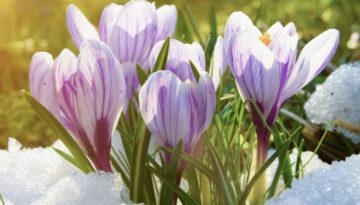
With the arrival of Spring, we will look at some of the great rock songs that explicitly mention or implicitly conjure images of Springtime. We countdown this subjective list from #9 to […]
At the end of the Beatles last ever live performance (on a London rooftop) John Lennon jokingly said “I hope we passed the audition”. Well, there was actually a time when the band […]
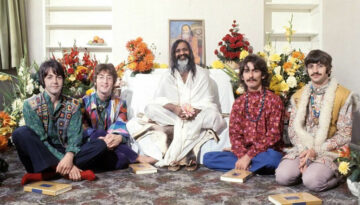
In early 1968, all four members of The Beatles traveled to northern India to attend a Transcendental Meditation training course with Maharishi Mahesh Yogi. While George Harrison, John Lennon, Paul McCartney and Ringo […]
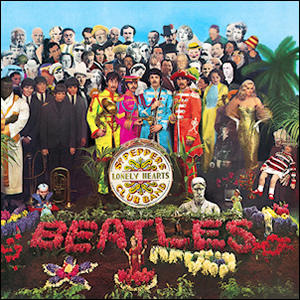
Buy Sgt. Pepper’s Lonely Hearts Club Band Buy Magical Mystery Tour There has never been (nor probably will ever be) a year in which a single band produced so much quality material as […]
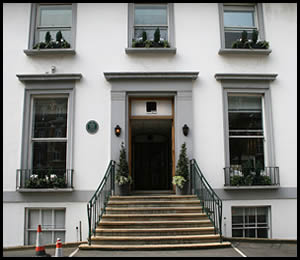
At the very end of The Beatles’ very last live performance, an improvised concert on the roof of a building in January 1969, John Lennon jokingly stated, “I’d like to say thank you […]
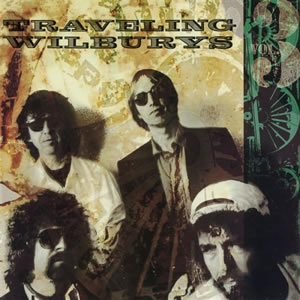
Buy Traveling Wilburys Vol. 3 As heralded and popular as the Traveling Wilburys 1988 debut album was, the 1990 follow up Traveling Wilburys Vol. 3 was relatively ignored. In part, this was the […]

Buy Traveling Wilburys Vol. 1 “Super Groups” were commonplace during the seventies and eighties, often causing much hype which was rarely surpassed by the music itself. But in the case of the Traveling […]
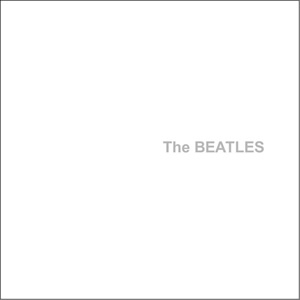
Buy The Beatles In 1968, The Beatles released their only double studio album, an eponymous release commonly referred to as The White Album. Despite the official title which emphasized group identity, the actual […]
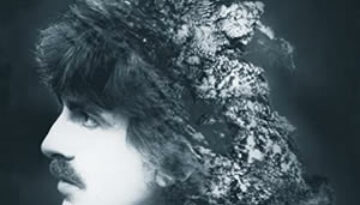
Buy Somewhere in England Somewhere in England was an arduous and frustrating album to produce for George Harrison, taking more than a year to release. The album was critically panned as the material […]
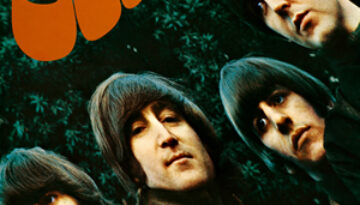
Buy Rubber Soul As the years have gone by, Rubber Soul has distinguished itself more and more from the “typical” early album by The Beatles. While the 14 selections remain pretty much bright […]